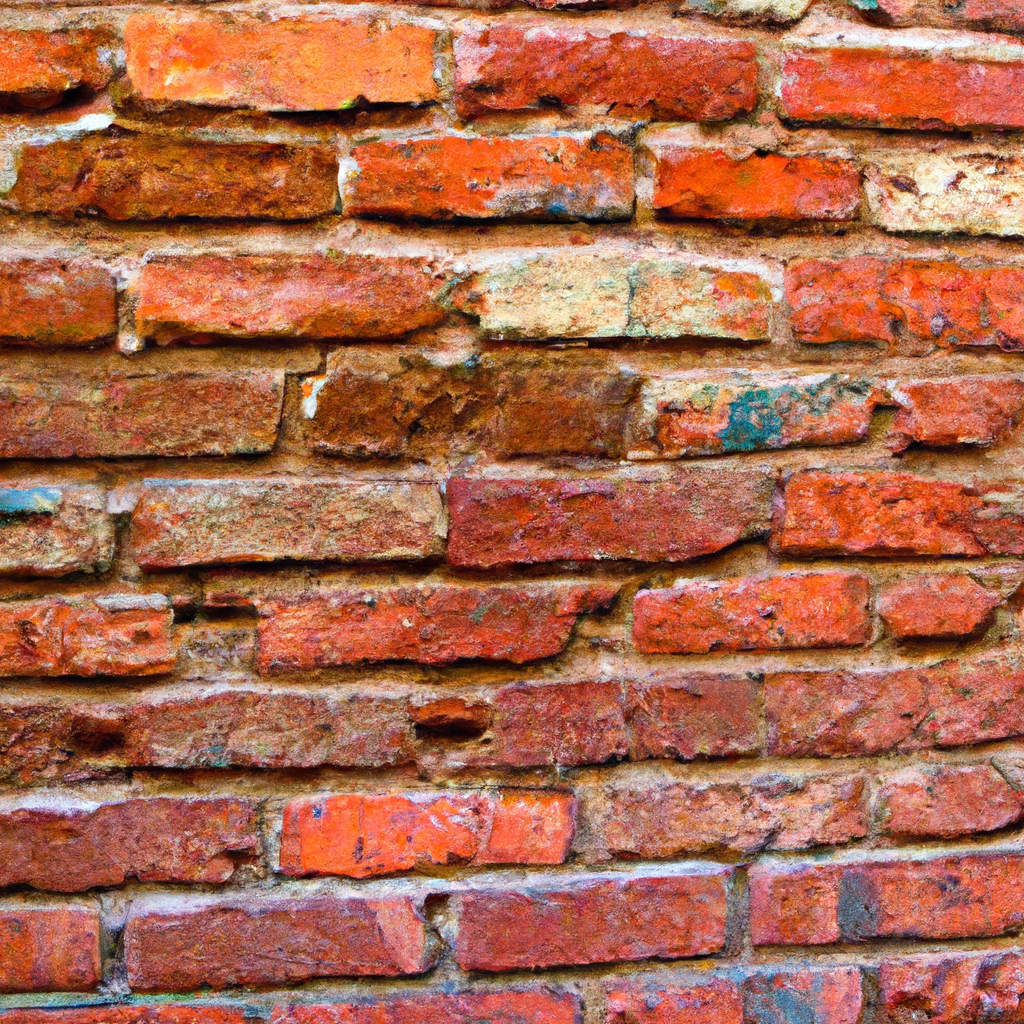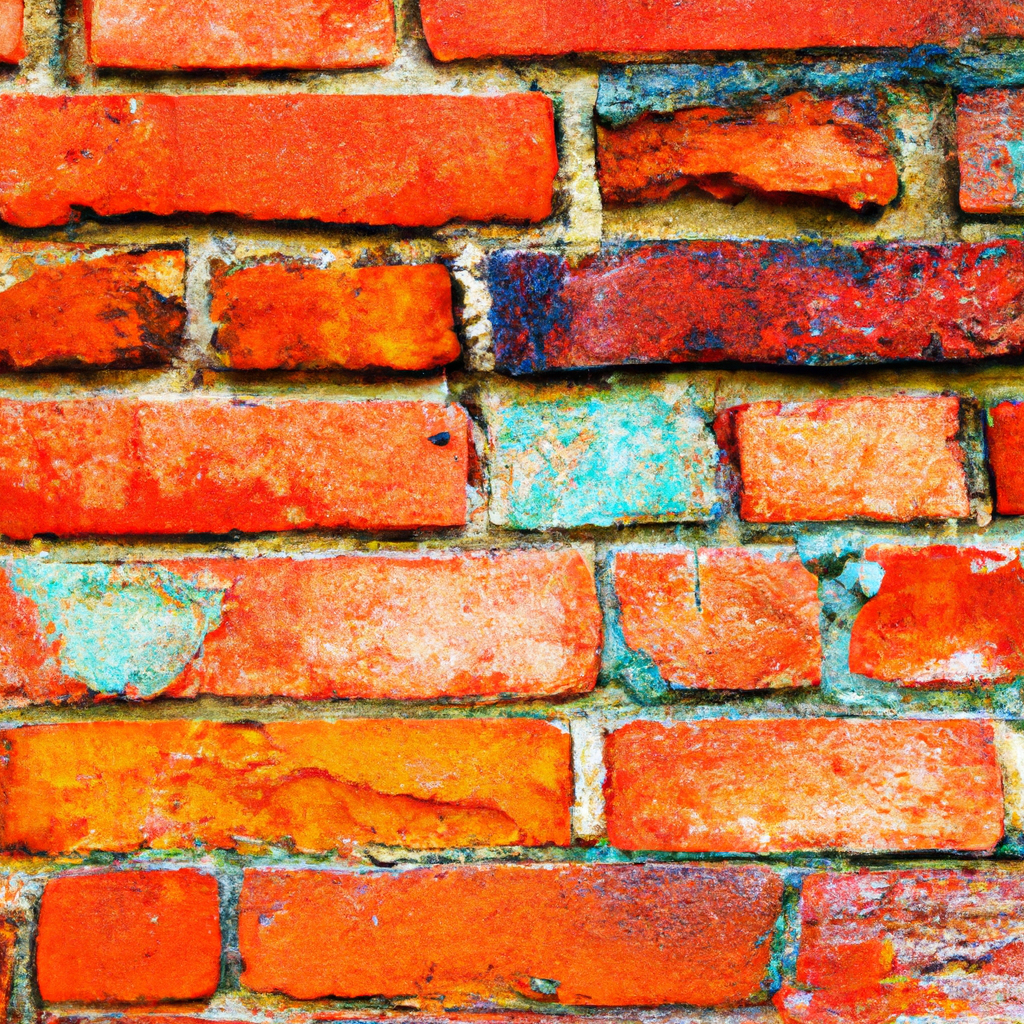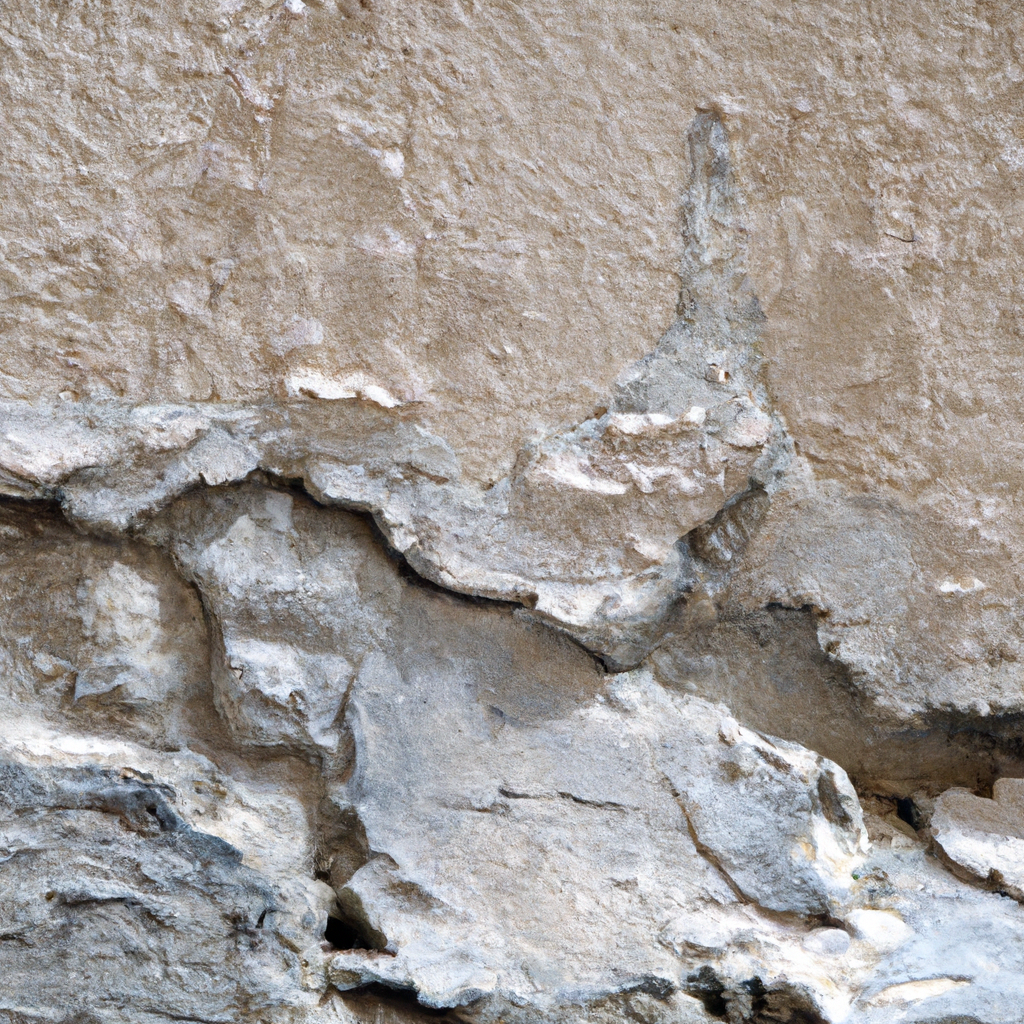If you’re a homeowner, you know that maintaining the exterior of your house is crucial for its overall appearance and value. One aspect that often requires attention is the stucco siding. However, have you ever wondered about the cost implications of replacing stucco? In this article, we will explore the various factors that affect the price of replacing stucco, providing you with a comprehensive understanding of what to expect when it comes to this essential home improvement project. So, let’s dive into the world of stucco replacement costs and discover how it can impact your wallet.
Factors Affecting the Price of Replacing Stucco
When it comes to replacing stucco, there are several factors that can influence the overall cost. It’s important to consider these factors and plan accordingly to ensure that you are prepared financially. In this article, we will discuss each of these factors in detail, providing you with a comprehensive understanding of what goes into determining the price of replacing stucco.
Condition of the Existing Stucco
The condition of the existing stucco is one of the primary factors that can affect the cost of replacing it. If the stucco is in relatively good condition with only minor repairs needed, the overall cost will be lower compared to a situation where the stucco is severely damaged and requires a full replacement. It’s important to assess the condition of the existing stucco before starting any replacement project.
Size of the Area to be Replaced
The size of the area that needs to be replaced plays a significant role in determining the cost. Naturally, a larger area will require more materials and labor, which will increase the overall price. It’s important to accurately measure the area that needs to be replaced to ensure that you have an accurate estimate of the costs involved.

Accessibility of the Property
The accessibility of the property where the stucco replacement will take place can impact the overall cost. If the property is easily accessible, with ample space for equipment and workers, the costs will be lower compared to a situation where the property is difficult to access. Factors such as tight spaces, limited entry points, or the need for specialized equipment can increase the overall expenses.
Type of Stucco
There are different types of stucco available, and the type you choose can have an impact on the overall cost. Traditional cement stucco is widely used and tends to be more affordable compared to synthetic stucco, also known as Exterior Insulation Finishing System (EIFS). Synthetic stucco tends to be more expensive due to the additional insulation and layers involved.

Extent of Damage
The extent of the damage to the existing stucco will greatly influence the cost of replacement. If the damage is only minor and can be repaired through patching, the costs will be lower compared to situations where a partial or full replacement is necessary. It’s important to assess the extent of the damage before starting any replacement project to ensure accurate cost estimation.
Labor Costs
Labor costs are another significant factor to consider when determining the price of replacing stucco. Stucco contractors typically charge an hourly rate for their services, which can vary depending on factors such as location, experience, and demand. The number of workers required for the project and the estimated time for completion will also impact the overall labor costs.
Materials and Equipment Needed
The materials and equipment needed for stucco replacement will contribute to the overall cost. This includes the stucco materials, priming and base coat materials, finishing and texture coat materials, as well as the necessary tools and equipment. The quality and type of materials chosen can also affect the total cost, as higher-quality materials may come at a higher price.
Permits and Inspections
Before starting a stucco replacement project, it’s essential to consider any necessary permits and inspections. Depending on your location, you may need to obtain permits from the local government or building authority, which can involve additional fees. Additionally, inspections may be required at various stages of the project, leading to additional costs.
Additional Considerations
There are some additional factors to consider that can impact the price of replacing stucco. These include factors such as the complexity of the project, any additional construction or repairs needed, and the overall scope of the work. It’s important to take these considerations into account when planning for stucco replacement to ensure that you have a comprehensive understanding of the costs involved.
Potential Cost Saving Measures
While replacing stucco can be a significant investment, there are ways to potentially save costs. One option is to consider DIY stucco replacement if you have the necessary skills and experience. This can help avoid labor costs but requires careful planning and research. Additionally, obtaining multiple quotes from different contractors and negotiating with them can sometimes lead to cost savings. Finally, considering the timing of the project can also be beneficial, as contractors may offer discounts during slower periods.
In conclusion, replacing stucco involves several factors that can affect the overall price. By understanding these factors, assessing the condition of the existing stucco, accurately measuring the area to be replaced, considering accessibility, selecting the appropriate stucco type, evaluating the extent of damage, taking labor costs and materials into account, obtaining necessary permits and inspections, and exploring potential cost-saving measures, you can better plan for the financial aspects of your stucco replacement project. Remember to consult with professionals and obtain detailed quotes to get an accurate estimate tailored to your specific needs.



